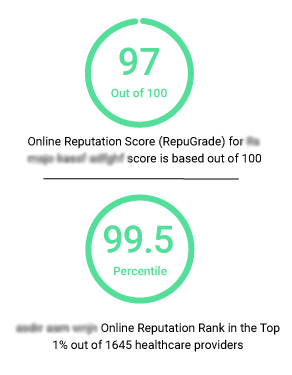Generic Top Level Domains: Advantages Outweigh Disadvantages
Are you using a generic top level domain (gTLD), yet? These are the extensions at the end of the website URL, similar to .com, .net, and other types of domains that help denote what type of website visitors are heading to. Just recently a bunch of different generic top level domains were made available in order to better categorize the web (things like .cars, .retail, and so forth). But do the advantages outweigh the disadvantages? And why are gTLDs so important? What's the purpose of the gTLD? Businesses need to be able to have a space on the web that represents what they do and who they are. Without the proper type of URL, customers might not be interested in your services or products--or worse yet, they might become confused on what you do exactly and look elsewhere. However, there has been a shortage on proper domain names for businesses and that is exactly why generic top level domains were created. Advantages and benefits Because of this change in how websites classify themselves, businesses need to make the switch. There are several advantages and benefits to generic top level domains, including:
- Branding is crucial for an online presence and gTLDs make it much easier for businesses to find their unique brand and voice. Many experts are speculating huge branding opportunities because of these new domains.
- On top of branding, SEO should be improved for businesses as well with generic top level domains. With Google putting stricter regulations on their search algorithms, this could be a big boost in positive SEO for companies.
- Individual branding for products and services will be much easier, which means better online real estate for businesses. Instead of having pages that might not be crawled and indexed properly, now you can have the advantage you need for your offered services and products because of a simple domain change.
Comments are closed


